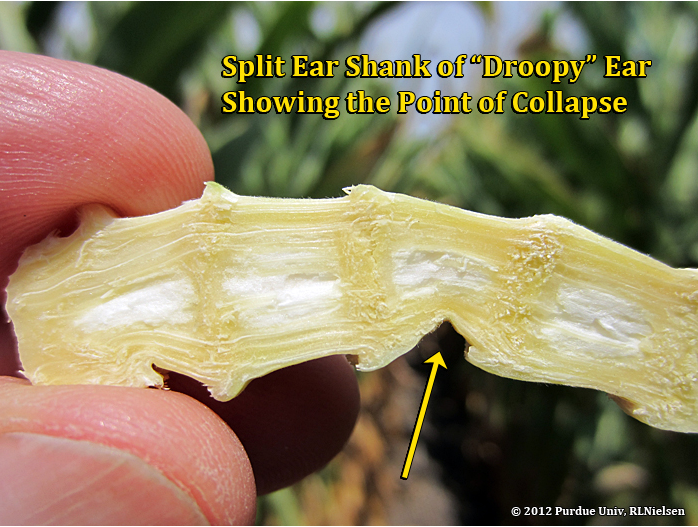
Droopy ears are cute on certain breeds of dogs, but droopy ears on corn plants prior to physiological maturity are a signal that grain fill has slowed or halted.


Droopy ears are cute on certain breeds of dogs, but droopy ears on corn plants prior to physiological maturity are a signal that grain fill has slowed or halted.
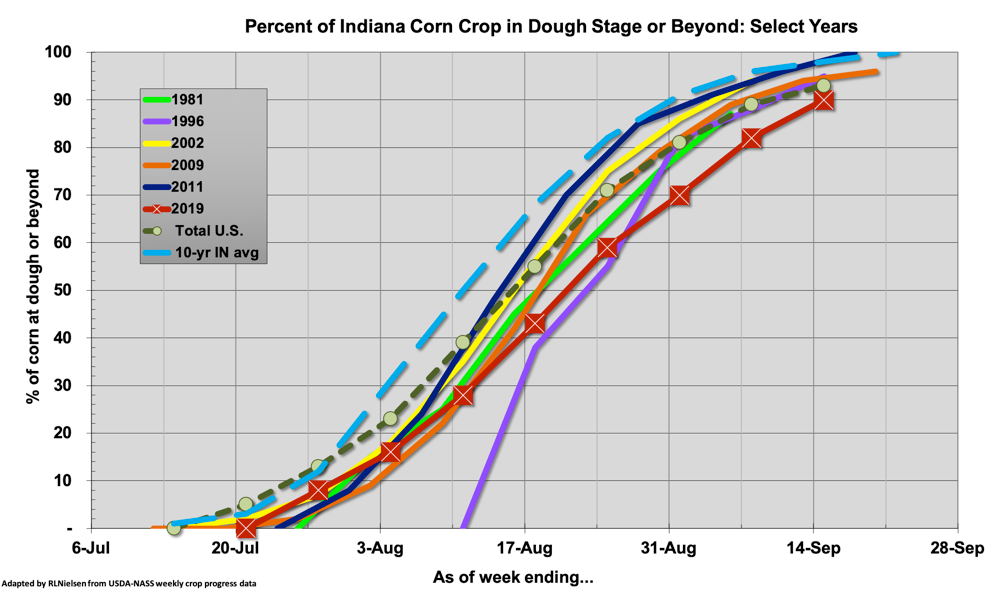
Given the near record late planting of the 2019 Indiana corn crop and the continuing agony of delayed development of the crop, much of the coffeeshop talk down at Cecil’s Corner Cafe in recent weeks has centered on the risk of the late crop not maturing before a light frost damages the crop or an outright lethal freeze (28F) kills the crop.
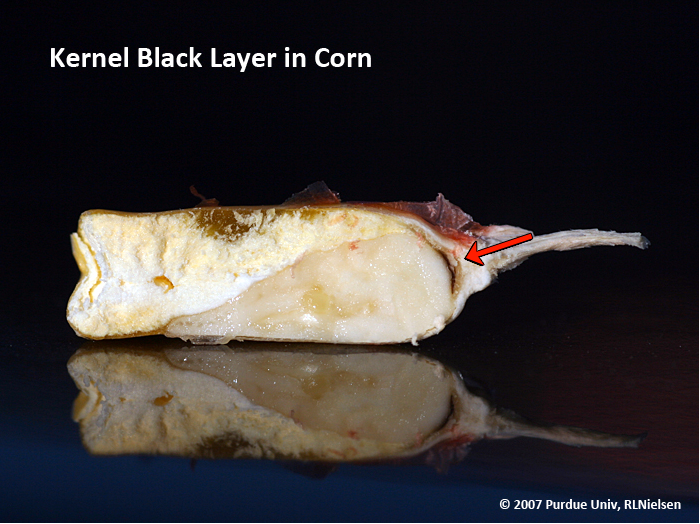
Delayed planting of corn in the upper Midwest often increases the risk that the grain will not mature prior to a killing fall freeze. Physiological maturity occurs near the time the so-called “black layer” develops at the tips of the kernels where they connect to the cob (Nielsen, 2019a).
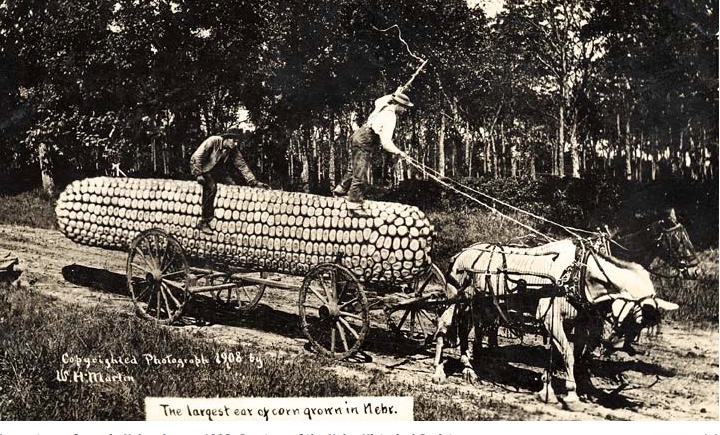
Fancy colored yield maps are fine for verifying grain yields at the end of the harvest season, but bragging rights for the highest corn yields are established earlier than that down at the Main Street Cafe, on the corner of 5th and Earl.
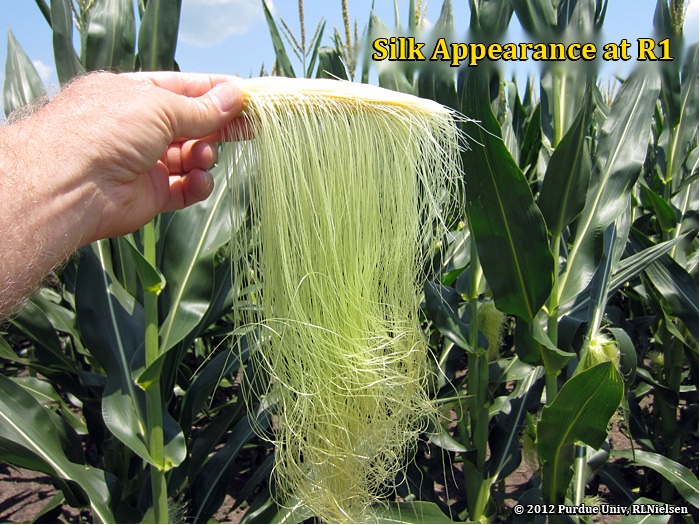
The grain fill period begins with successful pollination and initiation of kernel development, and ends approximately 60 days later when the kernels are physiologically mature. During grain fill, the developing kernels are the primary sink for concurrent photosynthate produced by the corn plant.

Yield potential in corn is influenced at several stages of growth and development.
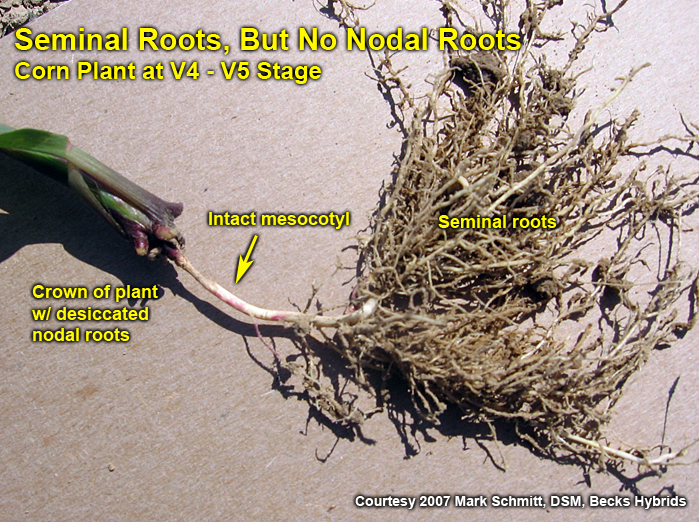
The combination of unusually young corn for this time of year (due to the unusually late planting season of 2019) and the recent spate of rain-free, sunny, hot days could result in the development of “rootless” and then “floppy” corn in some late planted fields.

Twisted whorls sometimes develop in young corn plants early in the rapid growth phase. The cause is not well understood. The tightly twisted whorls eventually unwrap to reveal yellowish upper leaves that turn green after a few days of exposure to sunlight. Effects on yield are essentially nil. The curious phenomenon often referred to as the “twisted whorl syndrome” is beginning to show up in some fields in recent days. This “problem” often occurs when young corn shifts quickly from weeks of slow development (cool, cloudy weather) to rapid development (warm, sunny weather). Earlier planted corn has certainly experienced such a change in weather conditions in recent weeks. The occurrence of the twisted whorl syndrome is not uncommon, but rarely affects a large number of fields in any given year or a large percentage of plants within a field. The typical growth stage when growers notice the twisted whorls is[Read More…]
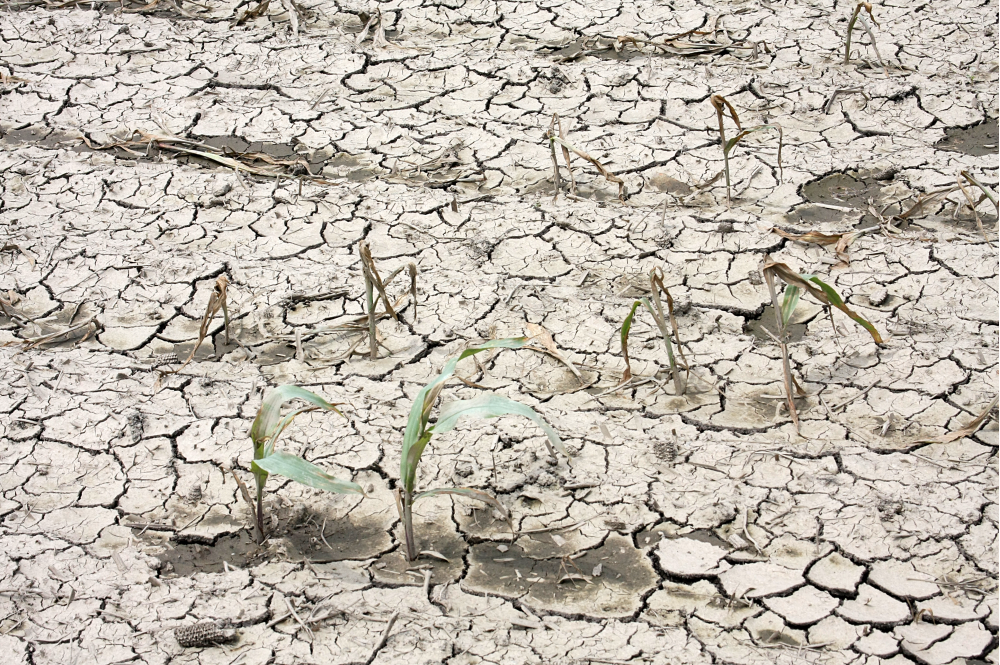
The consequences of flooding, ponding, and saturated soils on young corn depend heavily on the duration of the stress and temperatures.
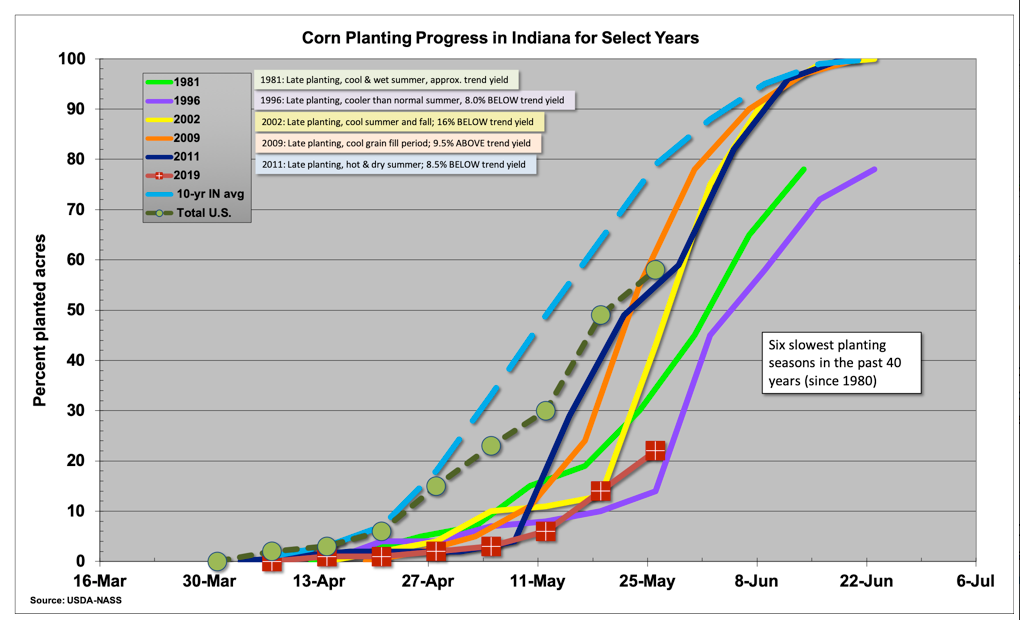
As May transitions to June, many Indiana corn growers are faced with substantial acreage yet to plant. Statewide, as of May 26 (USDA-NASS, 2019), only 22% of the state’s corn crop was estimated to have been planted. That disappointing planting progress positions the 2019 planting season AT THE MOMENT just slightly ahead of the similarly slow 1996, which currently holds the unenviable record for the most delayed planting season in the past 40 years. AND, there is still a chance we will surpass (or should I say “fall behind”?) that record by the time this planting season is finished. In the remaining days of May, thunderstorms continued to rumble across the state… sometimes across the north… sometimes across the south… sometimes through the central counties. Unless a rapid shift from rainy to sunny, warm, and windy occurs soon, the prospects of serious planting progress through the first week of June[Read More…]
© 2025 Purdue University | An equal access/equal opportunity university | Copyright Complaints | Maintained by Pest&Crop newsletter
If you have trouble accessing this page because of a disability, please contact Pest&Crop newsletter at luck@purdue.edu.